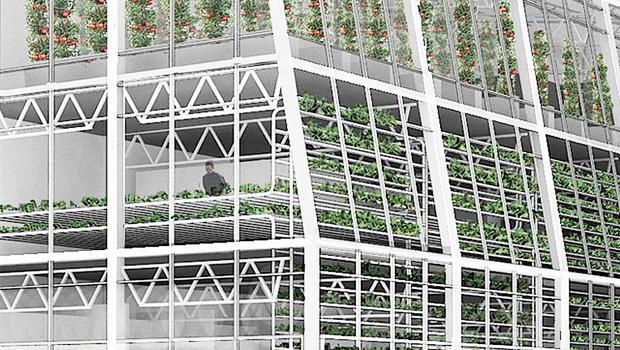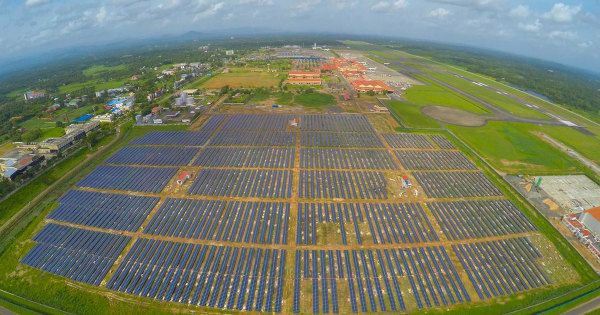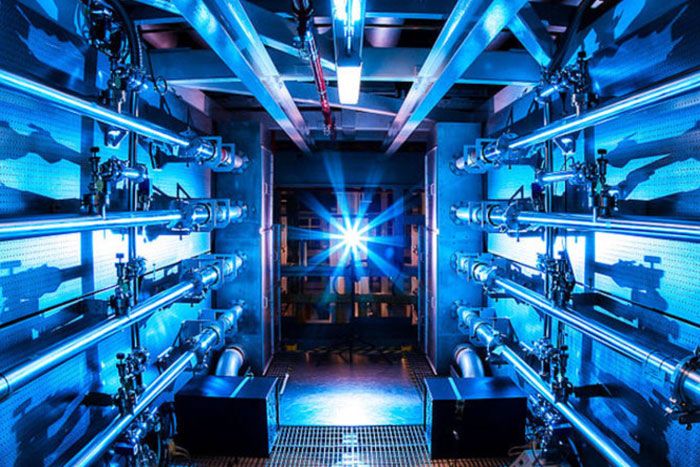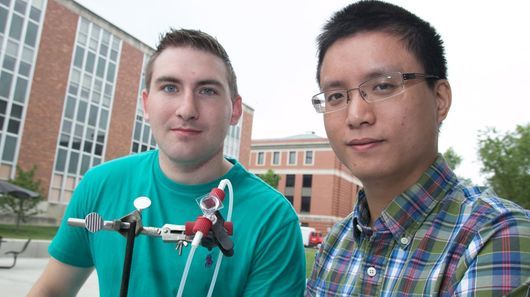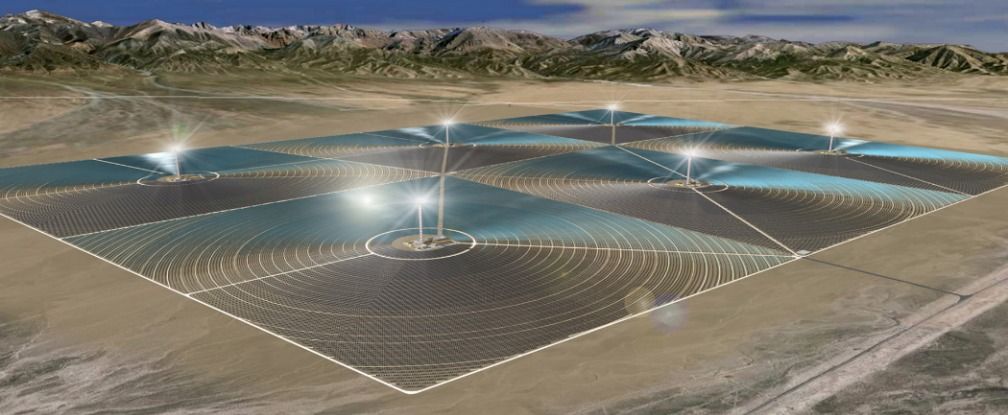
In a move that once again proves its commitment to renewable energy, China has begun construction on its first large-scale commercial solar plant out in the sun-dreched expanse of the Gobi Desert. Called Delingha, the colossal facility will spread out across 25 km² (6,300 acres) of vacant land in the country’s Qinghai province, and will feature six huge solar towers hooked up to an array of solar mirrors.
When complete, the plant will have a capacity of 200 megawatts, which means it will be able to supply electricity to 1 million households in Qinghai year-round. “Its designed heat storage is 15 hours, thus, it can guarantee stable, continual power generation,” Qinghai Solar-Thermal Power Group board chair, Wu Longyi, told the press.
The facility is the first solar plant to be run as a commercial entity, and according to Svati Kirsten Narula at Quartz, it’s being jointly developed by BrightSource Energy, based in Oakland, California, and the Shanghai Electric Group in China. The first phase of construction will look at completing two solar towers so they can generate 135 megawatts each to cover more than 452,000 homes, and then the remaining four will be completed to cover at least 1 million.
Read more


